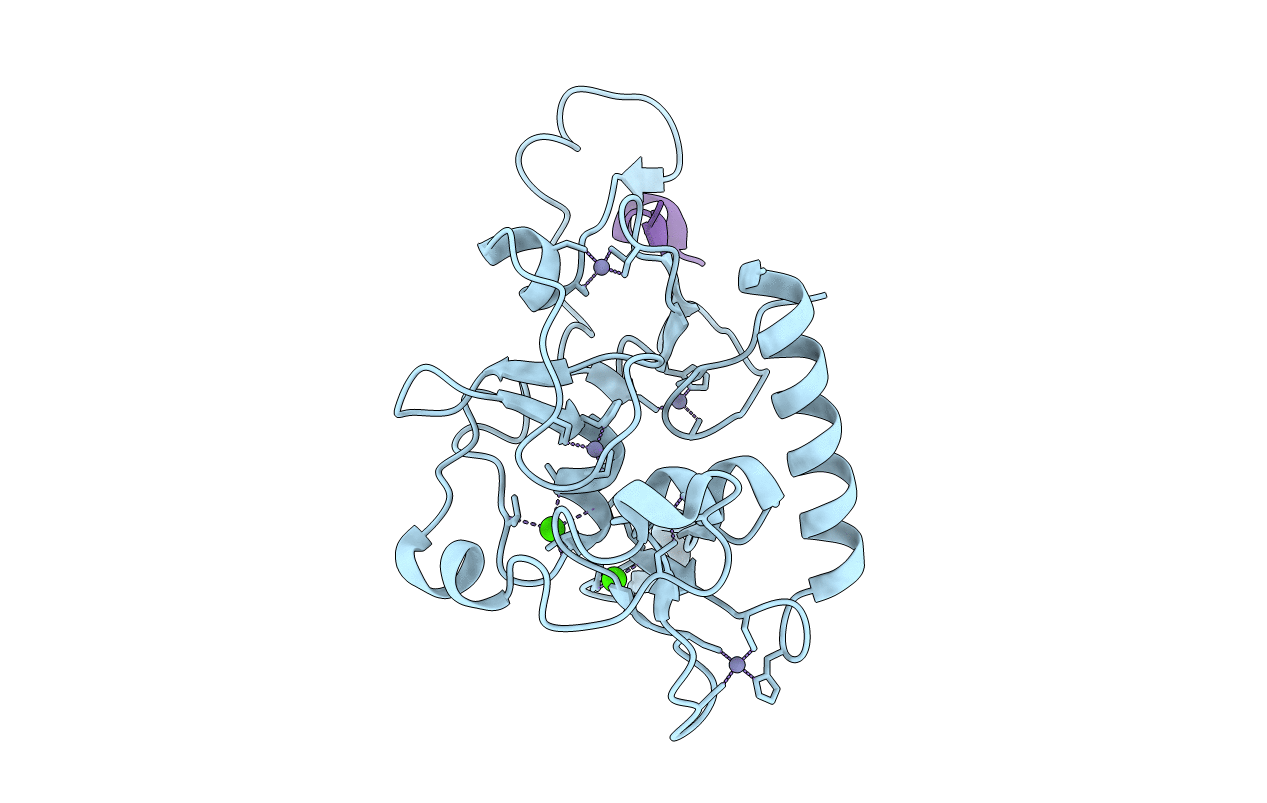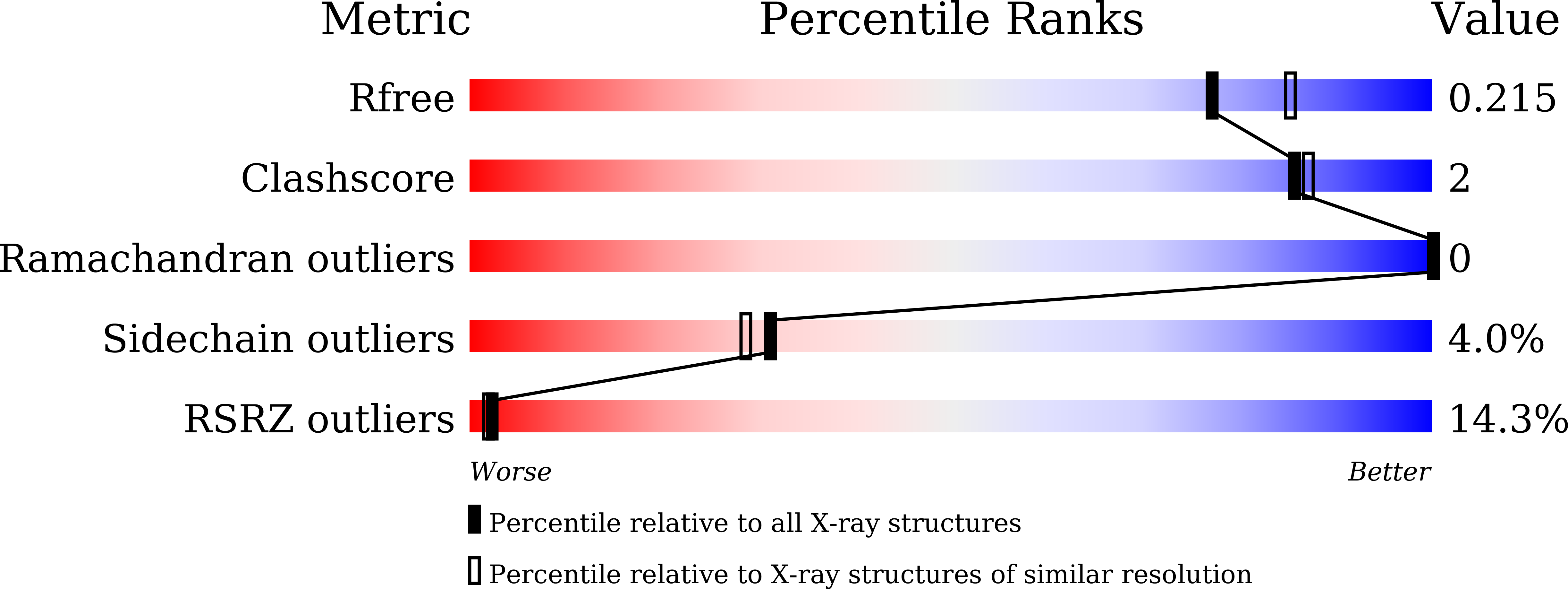
Deposition Date
2020-10-07
Release Date
2021-07-28
Last Version Date
2023-11-29
Entry Detail
PDB ID:
7D8A
Keywords:
Title:
Crystal Structure of H3(1-13)/PHF14-PZP fusion protein
Biological Source:
Source Organism:
Danio rerio (Taxon ID: 7955)
Homo sapiens (Taxon ID: 9606)
Homo sapiens (Taxon ID: 9606)
Host Organism:
Method Details:
Experimental Method:
Resolution:
2.00 Å
R-Value Free:
0.21
R-Value Work:
0.17
R-Value Observed:
0.18
Space Group:
C 2 2 21


